Wine enthusiasts know that no one does wine as Italians do. The beverage is the perfect end to a hectic day, and the older it is, the better it helps you relax. Red wine has many types, but if we were to select the best of its kind, then the first place would undoubtedly go to Barbera D Alba, a unique Italian wine of fantastic value.
People who love red wine would love this one thousand-year-old version that comes from the same hills that produce the best wines in Italy. If it were not so precious due to the time it took to make it, one could even consume it every day. So, if you feel interested in learning about this wine, read on!
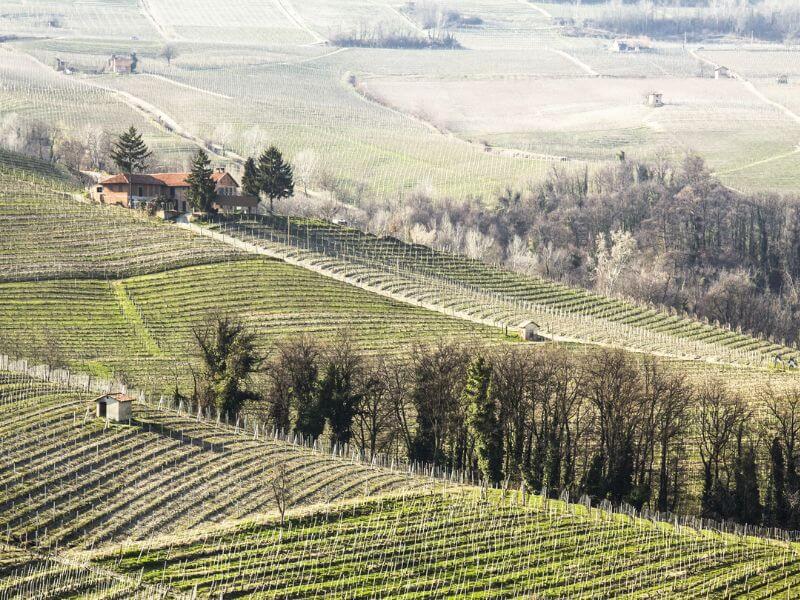
Barbera D Alba Origin
Barbera D Alba is a red wine that originates from the Piedmont region, which is in the northwestern region of Italy. This area is particularly famous for being home to the finest, tart and cherry-flavored wines.
This wine comes from Barbera grapes – a fruit that can make the most light-bodied red wine that also has low tannins. Piedmont is a countryside area that is surrounded by nearby Langhe hills that have clay soils.
This type of soil is perfect for Barbera grapes to grow in as they are rich in large contents of calcium and limestone. The Barolo and Barbaresco region, where these grapes grow, are sloped and home to the most high-quality grapes.
Though Barbera grapes have been growing in the region since ancient times, it was first registered as a wine-making fruit in the 17th century by Count Giuseppe Nuvolone-Pergamo of Scandaluzzo, the deputy director of the Società Agraria di Torino.
People loved the fresh, tart notes of blackberry that was unique to Barbera in those times. Today, even California has rows of flourishing vineyards of Barbera grapes, and new world Barbera, as it is commonly known today, has a more full-bodied, fruit-centered taste.
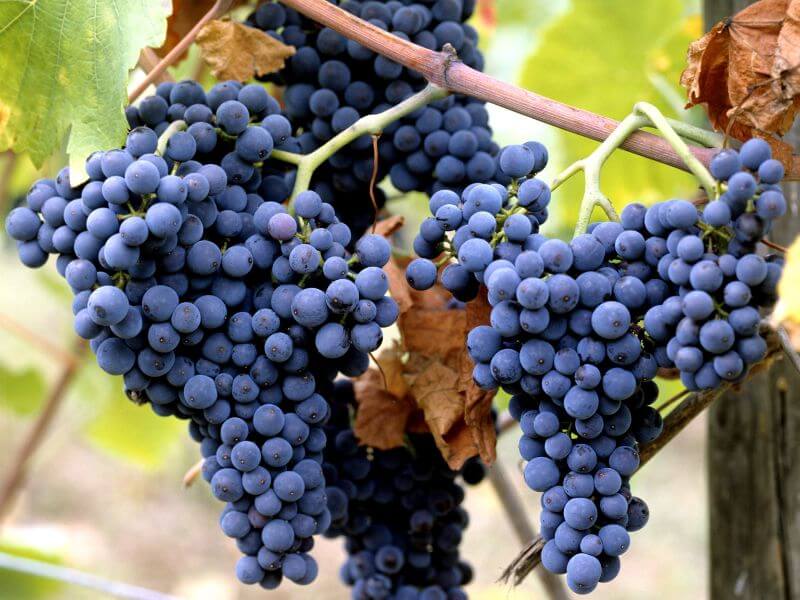
Barbera D Alba Grape
Barbera D Alba is made using Barbera – a grape variety that is used to make red wine and as of 2000, came third as the most-planted type in Italy, crossing even variants like Merlot and the deep and aromatic Primitivo which come from southern Italy, coming in second only to Montepulciano and Sangiovese.
The taste of these grapes is tart and sweet, and they usually have high acidity with low tannins that make a light snack as well. Hence, people use Barbera in both varietal and blended wines.
Due to this special flavor of Barbera, most wine made from it has a distinguishable flavor from its Nebbiolo variant which has softer tannins and is also rounder in shape.
Barbera is picked when it is aged and has developed into a richer, sour-cherry flavor with raspberry notes and is then put into barrel maturation and bottle aging.
Aging the wine also helps it gain wood tannins, which can compensate for the Barbera’s typically low tannin content.
Even though the variety is more closely connected to Mourvèdre in terms of flavor profile than Merlot, which is warm, Barbera vines produce somewhat flat, boring wines with notes of baked prunes and raisins when it is warmed.
It can be distinguished by its distinctive hint of cherry flavor.
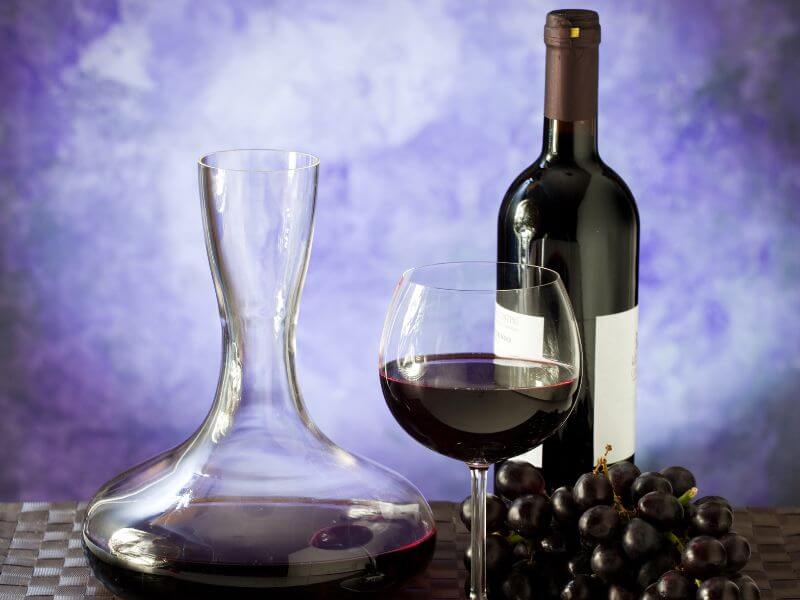
Barbera D Alba DOC
Italians, being masters of wine, also have a classification system for labeling the different qualities of wine. The label of a bottle of wine from Italy can tell you a lot about the beverage itself.
There are mainly these types of categories that wine is distributed into, in ascending order:
- Vino da Tavola (VdT)
- Indicazione Geografica Tipica (IGT)
- Denominazione di Origine Controllata (DOC)
- Denominazione di Origine Controllata e Garantita (DOCG)
When combined, the DOC and DOCG levels are together also called Denominazione d’Origine Protetta (DOP). Through these labels, customers can understand the type of wine they are getting and the place it has come from.
The wines with the greatest potential for maturing and the longest shelf life are usually labeled DOC, which is also the label for Barbera d’Alba. It is a young ruby red wine that generally gets more garnet with time.
The aroma is fruity, strong, and diversified, which gets balanced with time. Although Barolo DOCG and Barbaresco DOCG are superior to Barbera d’Alba DOC, it is made to age for a longer time in the barrels – most of the time 10 years or more.
This wine is matured in a traditional manner in barrels, unlike those producers who choose to use steel or concrete tanks. The minimum alcohol content for Barbera d’Alba DOC is 12%, and the maximum storage time is 3 years.
When the word “Vigna” (vineyard) appears on the label after the name of a location, it refers to the particular vineyard of the area.
There are a variety of Barbera d’Alba wines, and they are differentiated according to the following:
- Barbera d’Alba (DOC) – This variant usually has more depth and structure
- Barbera del Monferrato (DOC) – Normally is the lightest and most frequently fizzy
- Barbera del Monferrato Superiore (DOCG) – It has a greater alcohol content and also greater demands worldwide
- Barbera d’Asti (DOCG) – The most accessible and refined variant
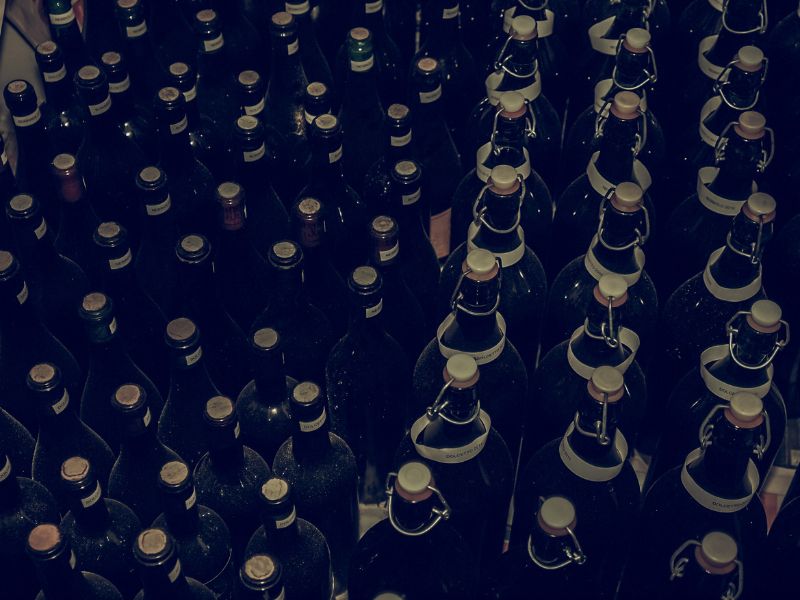
Barbera D Alba Vs D Asti
A variant of Barbera D Alba is Barbera d’Asti – a term that literally translates to a wine belonging to the Piedmont province of Asti.
This province produces some of the best varietal wines due to its historical significance as the center of Barbera winemaking.
The first time it was given the DOC designation was in the year 1970, after which the Italian government later raised its classification to DOCG in the year 2008.
What makes Barbera D’Asti a DOCG value wine, is its 11.5 percentage of alcohol and 90 percent Barbera grapes while the rest should be Freisa, Grignolino, or Dolcetto.
One of Asti’s subregions, Nizza, is subject to the most stringent DOCG standards, which call for higher alcohol content and a longer oak age.
Due to its grace, rich but delicate body, and rather a brilliant color, Barbera d’Asti stands out from other Barberas. Hence, it differs from Barbera d’Alba in terms of ingredients used and also its lighter and richer flavor.
In fact, in Asti, most of the producers that work with Alba often dedicate more vineyards and lands to the other variants, Barolo and Barbaresco wines as well. Barbera d’Alba is the least produced in this region, being very basic.
Yet still, Barbera d’Alba distinguishes itself via its peculiar flavors as a significant wine in its own right, earning the region DOC classification from the Italian government. Compared to Barbera d’Asti, Barbera d’Alba frequently has a richer color, a fuller body, and stronger, tarter fruit flavors.

Best Barbera D Alba
There is a variety of Barbera D’Alba that come from various regions of the world. It can be difficult to check each one for its DOC information, and it’s not possible for one to taste-check each bottle as well.
Hence, we have brought you a list of some of the best Barbera D’Alba wines that you can pick from in the market.
2004 Italian Piedmont’s Roberto Voerzio Riserva Pozzo dell’Annunziata Barbera d’Alba
Priced at an expensive amount of $298, this version of 2004 Barbera d’Alba Roberto Voerzio Riserva Pozzo dell’Annunziata is one of the best Barbera wines in the industry. It has a DOC designation and is a smooth, dry wine with a high acidity level. This Piemontese wine has flavors of black cherry, blueberry, and other dark fruit.
Barbera d’Asti Superiore Nizza DOCG, 1999 Coppo Riserva Della Famiglia, Piedmont, Italy
Another high-quality Barbera wine, priced at $225, Barbera d’Asti Superiore Nizza, 1999 is tagged DOCG as one of the best wines from Italy. The beverage has a distinct flavor of plum, raspberry, and red cherry, with medium levels of tannin.
It is best paired with meats, and due to it being a luxurious drink, it is often consumed with game birds like duck and pheasant.
G.D. Vajra Barbera d’Alba Superiore 2017
The G.D. Vajra Barbera d’Alba Superiore 2017 Red is a modern variant of Barbera wine and has a distinct flavor with violet undertones.
Red cherries, hay, and licorice are combined to make this wine, letting it have a lovely array of scents on the nose that transition into mineral notes.
Other brands of Barbera wines are slightly expensive in this flavor profile, and this modern variant is a good overall drink.
Ricossa Barbera Appassimento
Ricossa Barbera Appassimento is a red wine with deep garnet undertones, that taste as tart and bittersweet as it sounds. As for its scent, you can get hints of berry, vanilla, fig, and even marmalade with a hint of slight smokiness.
This variant is sold when Barbera wine’s juvenile stage is turning into a more rounded flavor. It goes from being dry, refined, harmonic, and full-bodied with slight, distinctive acidic notes and then with time, becomes more intricate and lighter to taste.
Braida Montebruna Barbera d’Asti 2018
Braida Montebruna Barbera d’Asti 2018 is a fragrant and well-balanced variant of Barbera wine with a DOCG designation.
It has an intense taste, but overall has all the flavors of tart, sweet, and bitter balanced in a harmonious manner. You might even taste hints of cherry and vanilla, and will feel velvety on the tongue.
Since it comes from the Asti province, it is no doubt a superior Barbera wine variant.
Gianfranco Alessandria Barbera d’Alba 2019
Gianfranco Alessandria Barbera d’Alba 2019 is a Barbera wine variant with a fruity, strong flavor that tastes a lot like cherry, and blackberry. It has a bodied, velvety, texture with a slight acidity which is typical of the grape.
Having a DOC designation, it tastes amazing for its price and is probably the cheapest Barbera wine you can find.
Braida Ai Suma Barbera d’Asti 2016
Braida Ai Suma Barbera d’Asti 2016 is one of the richest and the most high-quality wines among the new-age Barbera wines. Its ruby color is enough to boast of its good DOCG grade.
The flavor is complex with a bitter berry-like flavor with a few hints of sweetness from the vanilla, licorice, and cocoa.
It has a powerful flavor that balances all its properties in the most harmonious and balanced way. This wine is accompanied by certain meat dishes like smoked roasts and can even be paired with cheese and mixed into sauces.
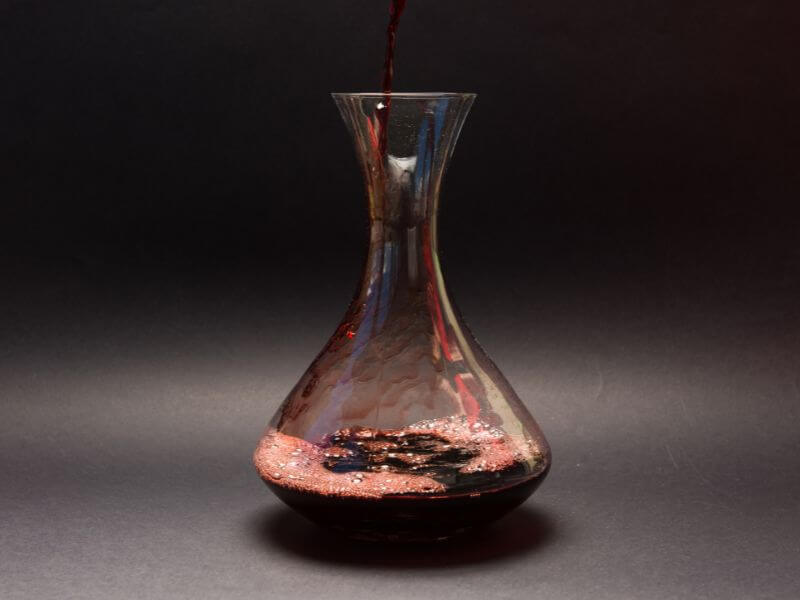
Barbera D Alba Food Pairing
Barbera D Alba is a common household wine in Italy and you can have it on most occasions. Being a fruity and rich wine with good texture, it goes with almost anything, although most of the time it is enjoyed with meat.
The best way to enjoy it would be with sausages, gorgonzola, half-matured cheese, or with the regional dish “Bolliti.” However, there are other ways in which you can enjoy your glass of Barbera D Alba.
With An Opposite Flavor Profile
The reason we often pair wine with a sweet dish, or with a meaty one is because the collision of flavors is a delicious one to experience.
With Barbera D’Alba, the flavor can be enhanced, as the taste of the wine and the opposite flavor will become whole when paired together.
You can try and pair Barbera wine with dark and rich meats, meals with high tannin levels like roots and braised greens, or other herbs like parsley or basil.
Single-noted wines and foods can be rendered whole when combined. Basically, the classic meat, greens, and wine will make a great meal with the rich Barbera D’Alba.
A great advantage of this combination is also that a rich, fatty, or high-tannin dish will balance the meal out, due to the wine’s high acidity levels.
You can also pair Barbera wines with the regional cuisine of the region. Some options are tajarin pasta, porcini stew, Guinea fowl, and “carne all’albese” (a type of steak in Piedmont that is cooked with parmesan, rocket, and olive oil).
With A Similar Flavor Profile
You can also pair the flavors of Barbera wine with something that has a similar taste profile. Surprisingly, mixing tarty, fruity flavor with fruits and citrus itself is not a bad idea or a bad combination at all!
Some items you can pair with Barbera’s flavors are sage, cherries, nutmeg, citrus fruits, cinnamon, or white pepper. They go well with Barbera and also complement its flavor enough to have it stand out.
With A Mixed Flavor Profile
You can also pair Barbera D’Alba with food that has a mixed profile. That is to say, it goes with anything you can eat in a day.
Pair it with pasta or macaroni, so that the bitterness is balanced out with the salt in the dish – or keep each flavor you have in the meal balanced with a variety of cheese.
Pairing wine with smoked meat is also a great idea as the smoky flavors can together form a combination of the different types of bitterness coming together to give you a delicious flavor.
Other Popular Articles About Wonderful Wines
Sassicaia Wine – Discover the best Italian Wine you can find
Ultimate Guide to the Best Wines in California 2022
–
go back to Wine
